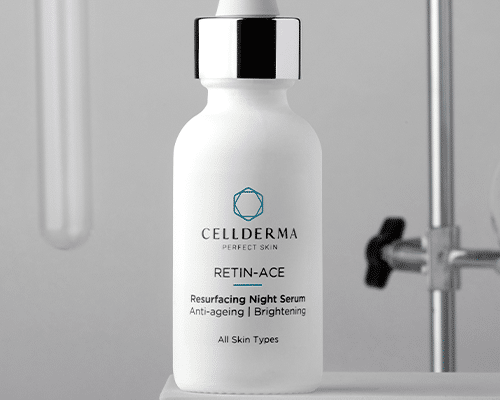How skin changes with age
Topic: CellDerma
Tags: acne-prone skin anti-ageing pigmentation skin care recommendations skin changes
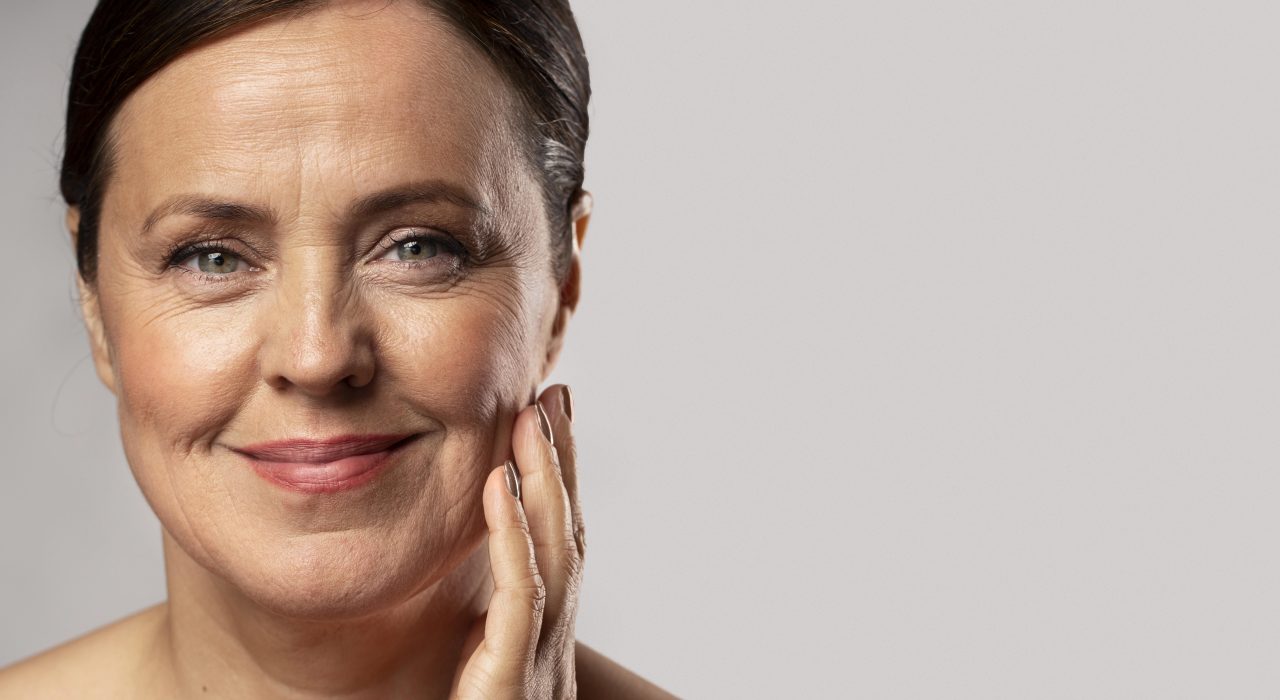
Understanding how our skin changes
Our skin is constantly changing and evolving throughout our lives; from puberty to menopause and beyond. From the teenage years to adulthood, and even into our senior years, our skin goes through a wide range of changes, some of which can be quite drastic.
In this blog, we’re going to look at the various stages of skin changes that we go through, and how we can best look after our skin at each stage. Sometimes it can seem like when we finally grasp how best to care for our skin, we are met with new concerns and conditions. It can feel like we are back at the starting line of a long and arduous obstacle course.
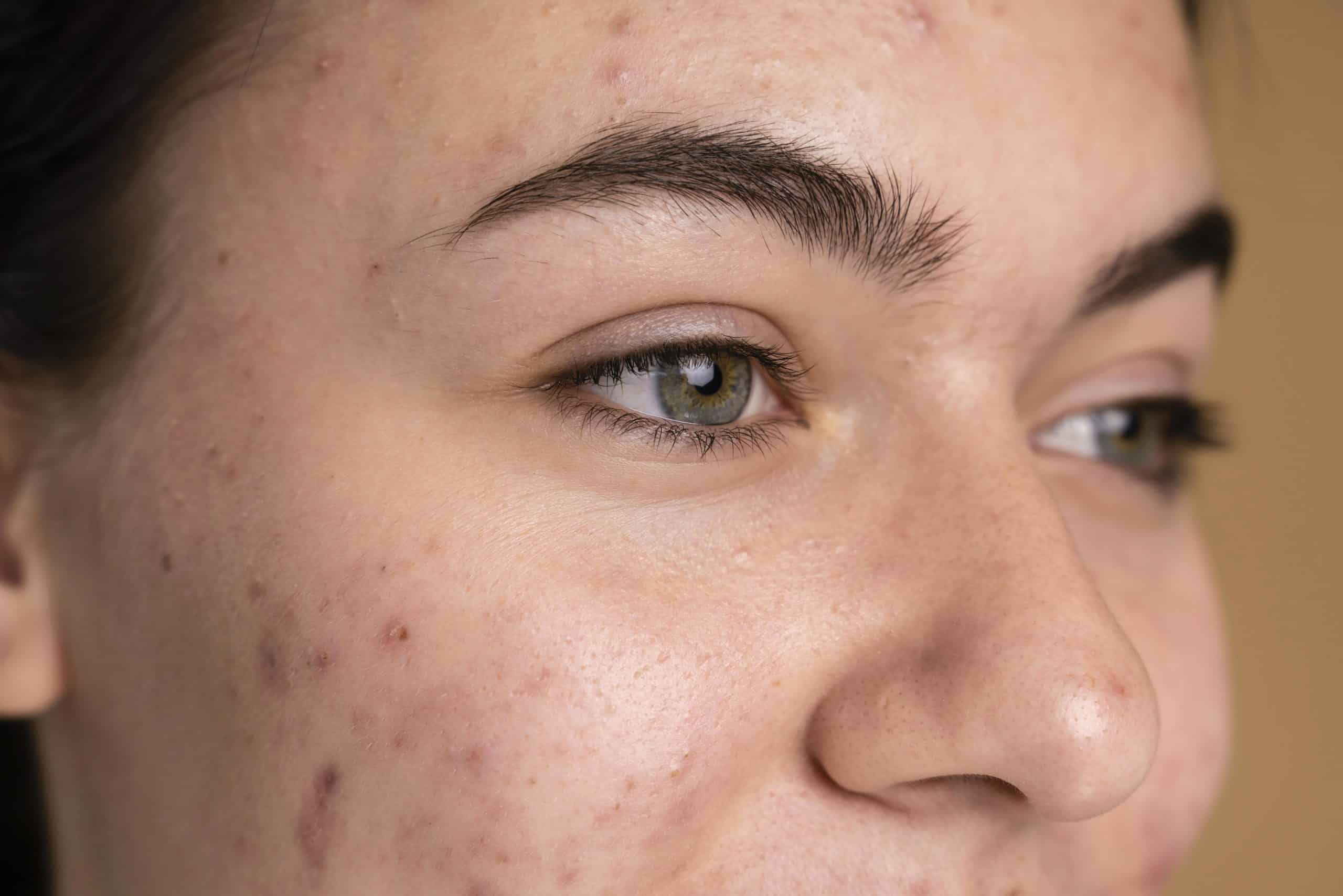
Teenage skin
Understanding the changes
As we know, throughout our teenage years, it is common for our skin to change suddenly. Extreme fluctuating hormones in puberty plus stress can throw sebum production out of kilter, resulting in acne which can be tough to deal with, both emotionally and physically.
Caring for your skin
Ensure your skin regime features skin-loving hydrating ingredients, such as Jojoba Seed Oil and Hyaluronic Acid. Including powerful, non-comedogenic (non-pore clogging) hydrators into your regime will allow your oil production to balance out, meaning less hyperactivity. Squalane will also mimic the skin’s natural oils to bring harmony back to your complexion.
Active ingredients such as Hydroxypinacolone Retinoate and Poly-Hydroxy Acid are vital for increasing cellular turnover. This is key for teenage skin, as skin congestion can be caused by clogged pores filled with dead skin cells.

Skin during our 20’s
Fast forward to our 20’s, and your skin can be in its prime. At this age, your skin may be smooth and radiant.
You may be less prone to breakouts and acne, as well as other skin conditions.
Understanding the changes
However, sun damage, lifestyle choices, and other factors can start to show on your skin. This is the best time to start good skin care habits to prevent premature ageing and keep your skin looking healthy and youthful. Sunscreen, moisturiser, exfoliation, and drinking plenty of water are all important components of a skin care regimen for the twenties.
Hormones still play a huge part in the quality of our skin’s architecture during our twenties. Some people find that they reach their mid-twenties and suddenly their skin is bombarded with inflammation and congestion.
People who menstruate can see their oestrogen hormone levels rocket around ovulation, which can make the skin radiant and glowing, before crashing down as they enter their luteal phase. The luteal phase sees a rise in the hormone progesterone. This hormone can be responsible for the over-production of sebum.
Whilst topical treatments are incredible at increasing cell turnover, balancing sebum production and promoting collagen renewal, hormones can not always be as easily balanced. To help keep hormones balanced, we recommend a healthy, active lifestyle with 7-9hrs of sleep a night, a diet consisting of plenty of fruit and vegetables as well as a tailored skin regimen.

Skin changes during pregnancy
Understanding the changes
Throughout pregnancy, skin quality can frustratingly change yet again. Melasma presents itself during pregnancy due to hormonal changes which impact melanin production and cause hyperpigmentation.
Skin can become dry, stretch marks may appear, and dark patches of skin may appear on the face. Your complexion may become more sensitive and may be more prone to breakouts. During pregnancy, you may also experience increased hair growth, particularly on the face, abdomen, and chest.
Additionally, you may also experience heightened vein visibility due to increased blood volume. In some cases, women may experience a condition called PUPPs (Pruritic Urticarial Papules and Plaques of Pregnancy), which is an itchy rash that appears in the third trimester.
Lastly, some people may experience a decrease in elasticity in their skin due to hormonal changes, leading to wrinkles and sagging. Try adding Collagen Restore into your PM regime to help support collagen production and skin elasticity.
Caring for your skin
To combat melasma safely during pregnancy, plant-derived skin brighteners will brighten the skin effectively. Pigment Correct features 5 pregnancy-safe pigmentation fighters such as:
- Kojic Acid
- Arctostaphylos Uva Ursi Leaf Extract
- Alpha-arbutin
- Rumex Occidentalis Extract
- Nanopeptide-1
Pigment Correct is available to purchase without connecting to a clinic. We recommend using the serum every day, both morning and night.

Menopausal skin
Understanding the changes
During menopause, women experience a variety of skin changes due to the fluctuation of hormones. As oestrogen decreases, skin loses its elasticity and becomes thinner, increasing the formation of wrinkles and age spots. Women may also experience an increase in facial hair, as well as a decrease in the production of oil, resulting in dry, itchy skin.
Additionally, the skin’s ability to retain moisture is compromised, increasing the risk of skin irritation and sensitivity. Women may also experience a decline in the production of collagen, which can lead to a loss of elasticity and a decrease in skin tone.
Finally, increased stress levels during menopause can lead to skin breakouts, as well as the production of spider veins on the face and body.
How to care for your skin
To give your skin the nourishment it needs, we recommend using a rich cream paired with a Growth Factor serum. Our most popular combination for menopausal skin is Collagen Restore and Youth Restore.
Collagen Restore has a luxuriously thick consistency, which instantly melts into the skin. Within seconds, the skin is ready for layering other products or make-up. The formula contains several collagen-stimulating peptides, which are proteins that support the production of collagen and elastin. We have also included a patented form of pure-trans resveratrol, which has been clinically proven to brighten the skin in as little as 2 weeks – perfect for targeting age spots.
Youth Restore contains the same Growth Factor complex seen in GF5 serum, which has been scientifically proven to reduce eye wrinkles by up to 46% and increase skin elasticity by up to 47% in just 4 weeks. This incredible serum features a skin-loving blend of active ingredients such as 5 Growth Factors, a neuropeptide complex for a BTX-like effect, 13 unique amino acids for corrective and protective functions, skin-boosting niacinamide and hyaluronic acid. Add to this an extensive list of botanicals, and you have a serum capable of targeting fine lines and wrinkles, brightening your complexion and increasing skin hydration.

Contributing factors to changing skin
- Ageing
- Burns
- Hormones
- Inflammation
- Rosacea
- Scarring
- Sun-damage
Ageing
As we age, our skin undergoes a variety of changes. As the production of collagen, elastin, and other components of the extracellular matrix decrease, the skin becomes thinner, drier, and less elastic. This loss of elasticity leads to wrinkles, sagging skin, and age spots.
In addition, the number of oil-producing sebaceous glands decreases, making the skin drier and less able to protect itself against environmental factors.
Finally, the ability of the skin to repair itself decreases with age, making it more susceptible to damage from environmental factors such as UV radiation. Taken together, these changes lead to decreased skin tone, increased wrinkles, and age spots.
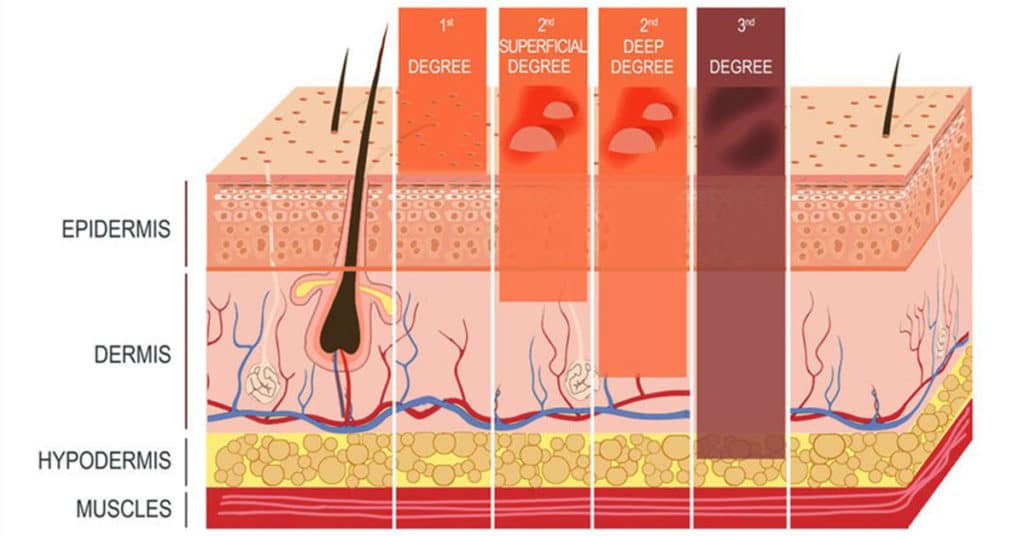
Burns
Burns are one of the most common and serious injuries that cause damage to the skin. Burns can range from first-degree to third-degree burns and can be caused by heat, chemicals, electricity, or radiation.
- First-degree burns are the mildest form of burn, usually causing skin redness and pain. These burns will usually heal without medical intervention and do not cause any permanent damage to the skin.
- Second-degree burns are more severe and cause blistering of the skin, as well as redness and pain. These burns can cause serious scarring and require medical treatment.
- Third-degree burns are the most serious type of burn and can cause permanent damage to the skin. These burns cause the destruction of the entire skin layer, and the affected area may appear white, charred, or leathery. Extensive medical treatment can be required and there is a risk of serious complications, such as infection.
It is important to seek medical attention as soon as possible when dealing with severe burns. Early treatment can help minimize the risk of infection and scarring, as well as reduce the amount of pain and discomfort.

Hormonal impact on the skin
Hormones have a direct impact on skin health. As hormones fluctuate, they can cause changes in the skin such as acne, dryness, or increased oil production. The primary hormones that affect skin health are androgens, oestrogen, progesterone, and cortisol.
- Androgens, such as testosterone, are secreted by the adrenal glands and are responsible for controlling sebum production, which can lead to acne.
- Oestrogen and progesterone, which are produced by the ovaries, regulate skin moisture, helping to keep it hydrated and elastic.
- Cortisol, which is produced by the adrenal glands, helps to regulate the body’s stress response and can contribute to increased oil production and acne.
Changes in hormone levels can also cause skin conditions such as melasma, which is a darkening of the skin, and rosacea, which is a skin condition characterized by redness, pimples, and broken blood vessels.
Hormones can also affect the skin’s healing process. When hormone levels are low, the skin can take longer to heal. This is especially true during menopause when hormone levels decrease significantly.
Overall, hormones play a significant role in skin health and can have substantial effects on our day-to-day complexions.

Inflammation
Inflammation is a natural response from the body when it is exposed to irritants, toxins, and other foreign substances. When inflammation occurs, the body sends out a signal to the skin to protect itself and form a protective barrier. The result is the redness, swelling, and heat associated with inflammation.
Inflammation can be caused by a variety of factors including:
- environmental irritants such as pollution, smoke and UV rays
- allergens
- infections
Inflammation can also be caused by an underlying medical condition such as psoriasis or eczema.
When inflammation affects the skin, it can cause itching, burning, redness, swelling, and even pain. It can also lead to the formation of blisters and rashes. Inflammation can also cause the skin to become dry and flaky. This can make it more susceptible to infection and in rare cases, can lead to scarring.
Additionally, long-term inflammation can contribute to premature ageing of the skin and the development of wrinkles and fine lines.
Finally, inflammation can also lead to hyperpigmentation, which is when patches of increased melanin appear on the skin in small clusters.
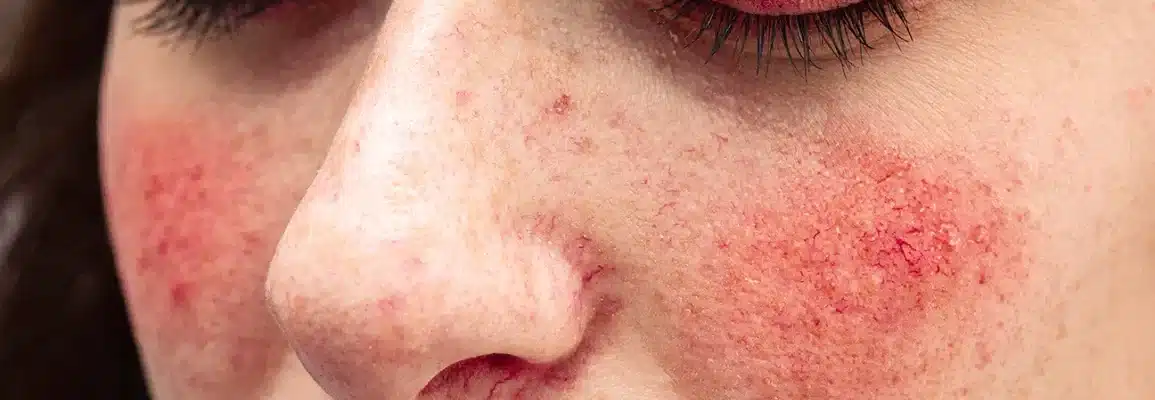
Rosacea
Rosacea is a chronic skin condition that affects millions of people around the world. The condition typically affects adults over 30 and occurs more in women than men.
It is characterised by:
- Redness
- Flushing
- Visibly broken blood vessels
- And bumps on the face.
In severe cases, rosacea can cause the skin to thicken and the nose to appear swollen and bulbous. Rosacea can vary in severity and can be managed effectively with lifestyle changes and medical treatments.
Common triggers of rosacea flare-ups include:
- Alcohol
- Spicy foods
- Hot temperatures
- and sun exposure.
In addition to visible redness and flushing, rosacea can cause a variety of other skin-related symptoms. These include:
- Burning
- Stinging and itching sensations
- Increased sensitivity to skin care products and facial treatments.
In some cases, rosacea can also lead to dryness, roughness, and an uneven skin tone.
Scarring
Scarring is the process of the body’s natural healing process after injury or trauma to the skin.
During the healing process, the body produces collagen, a type of protein, to help repair the damaged skin. When this collagen does not form properly, it can cause a visible scar on the skin.
Scarring can have a wide range of effects on the skin. Depending on the size, shape, and location of the scar, it can cause discolouration, texture changes, and a loss of elasticity. In some cases, the scar may be raised and bumpy, while in others it may be flat and sunken. Some scars may be more visible than others, depending on their location on the body and the colour of the skin.
Scars may also be associated with increased sensitivity or pain in the affected area. This occurs when nerves, blood vessels, and other tissues have been damaged by the injury. Scars may even be itchy and uncomfortable. Scarring can be emotionally and psychologically difficult to deal with, as scars may make a person feel self-conscious or embarrassed.
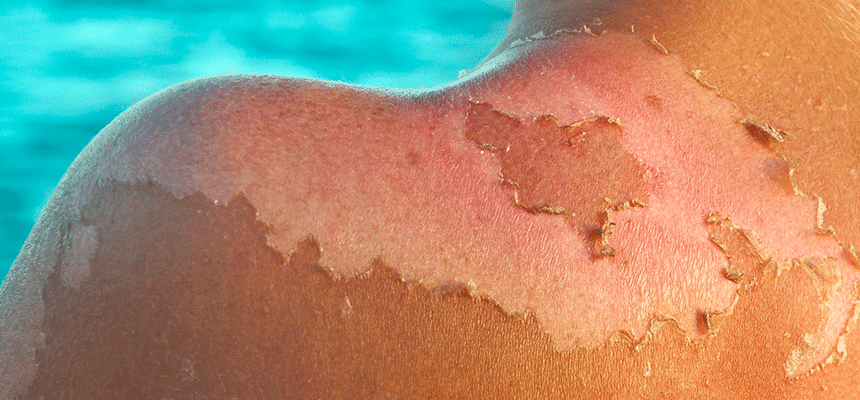
Sun-damaged skin
The sun is a powerful force of nature that can be both beneficial and dangerous to humans. While it provides much-needed warmth, light, and vitamin D, it can also cause some serious damage to the skin. The sun’s ultraviolet (UV) rays can cause skin cancer, premature ageing, and sunburn. UV rays are strongest between 10 a.m. and 4 p.m. and can penetrate glass, so it’s important to take precautions when spending time both indoors and outdoors.
The best way to protect skin from the sun is to wear sunscreen with an SPF of at least 25 and to reapply it every two hours, especially when swimming or sweating. Other protective measures include wearing clothing such as long-sleeved shirts, wide-brimmed hats, and sunglasses, and avoiding direct sun exposure during peak hours. It’s also important to check the UV index before going outdoors and to limit exposure on high-risk days.
The sun can cause skin damage in other ways too, such as dehydration. When the skin is deprived of adequate hydration, it will become dry and possibly flaky. This can cause itching, irritation, and redness. In addition, dehydration can cause the skin to appear dull and be more prone to wrinkling. It can also lead to a decrease in the skin’s elasticity, making it less able to retain moisture. Finally, dehydration can cause the skin to become more susceptible to infection. Without adequate hydration, the skin’s protective barrier is weakened, allowing bacteria and other microorganisms to enter the body and cause infection.

Why does our skin change?
External factors (extrinsic)
Our skin changes when faced with extrinsic factors such as burns and wounds because our skin is our body’s first line of defence against external threats. When faced with a burn or wound, our skin works to protect the underlying tissue from further damage and infection. In doing so, our skin changes colour, texture, and appearance in order to better heal the affected area.
Internal factors (intrinsic)
Our skin can suddenly change when faced with internal factors such as acne, pigmentation, ageing and hormone disruptions because these conditions can cause disturbances to our skin’s natural balance.
Increased oil production leads to clogged pores and blemishes, while ageing and hormone disruptions can cause pigmentation, a loss of elasticity and an increase in dry and wrinkled skin.
Additionally, hormones can cause our skin to become more sensitive and prone to inflammation. All these disruptions can cause our skin to look and feel different.

How to cope with a sudden change in your skin
It is normal to feel anxious or overwhelmed when dealing with changes to your skin. Here are some tips for mentally dealing with skin changes:
Try to stay positive.
Remind yourself that skin changes are common and can be managed with the right treatments and care.
Find ways to cope with stress.
Meditation, yoga, and journaling can help you manage stress and emotions related to skin changes.
Talk to a doctor or dermatologist.
A professional can provide you with the best advice and treatment options for your skin condition.
Seek out support.
Find a support group or community online or in your area to talk to people who are going through similar issues.
Practice self-care.
Take time for yourself to relax, practice mindfulness, and do activities that bring you joy.
The best ingredients for all skin types
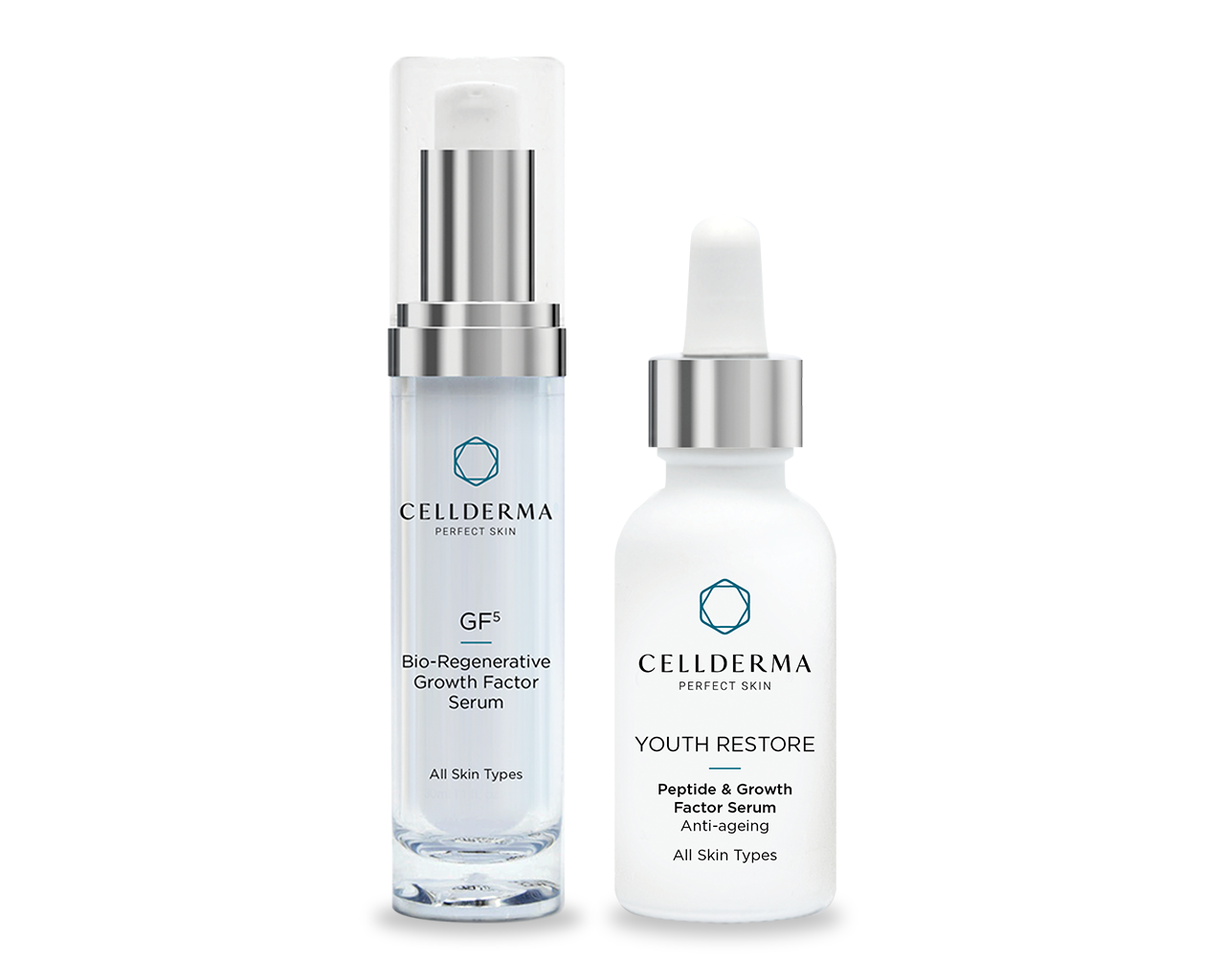
Growth Factors
Growth Factors trigger responses and processes within the body. They are naturally occurring and area key part of our body’s ability to regenerate. Within the skin, injury or ageing can lead to a breakdown of normal skin architecture. This can manifest with signs such as skin laxity, lines and wrinkles, pigmentation and scarring. Growth Factors trigger processes essential for repair.
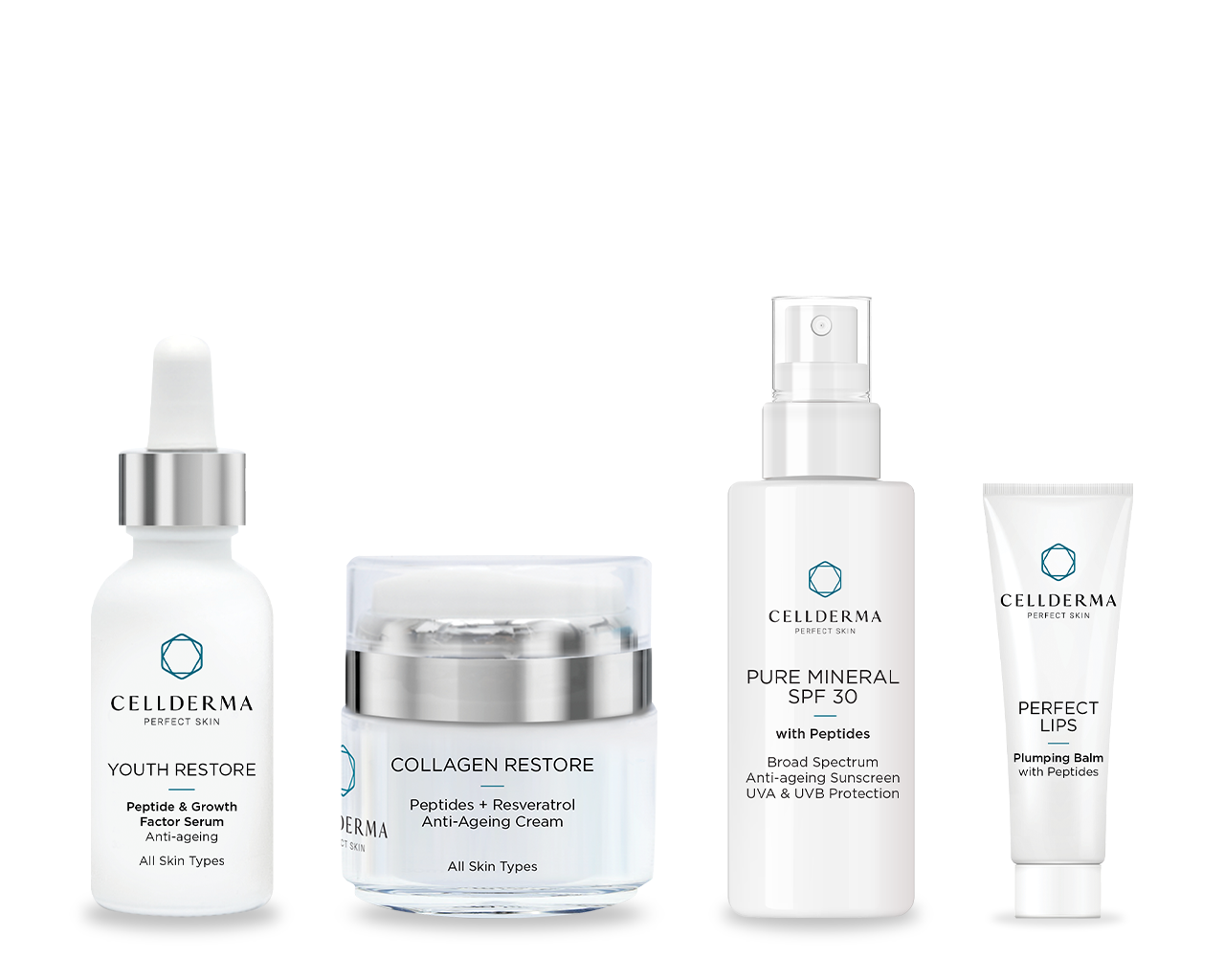
Peptides
Well established, evidence-based peptides are known to stimulate the production of key structural proteins such as collagen and elastin. Palmitoyl Tripeptide-1 also increases oil solubility and penetration of active ingredients. Our neuropeptides are formulated to help smooth away the visible signs of ageing due to their BTX-like properties. This unique complex supports the skin’s ability for resilience and vitality.
Serum: Purchase Youth Restore
Cream: Purchase Collagen Restore
Sunscreen: Purchase Pure Mineral SPF 30
Lip Balm: Purchase Perfect Lips
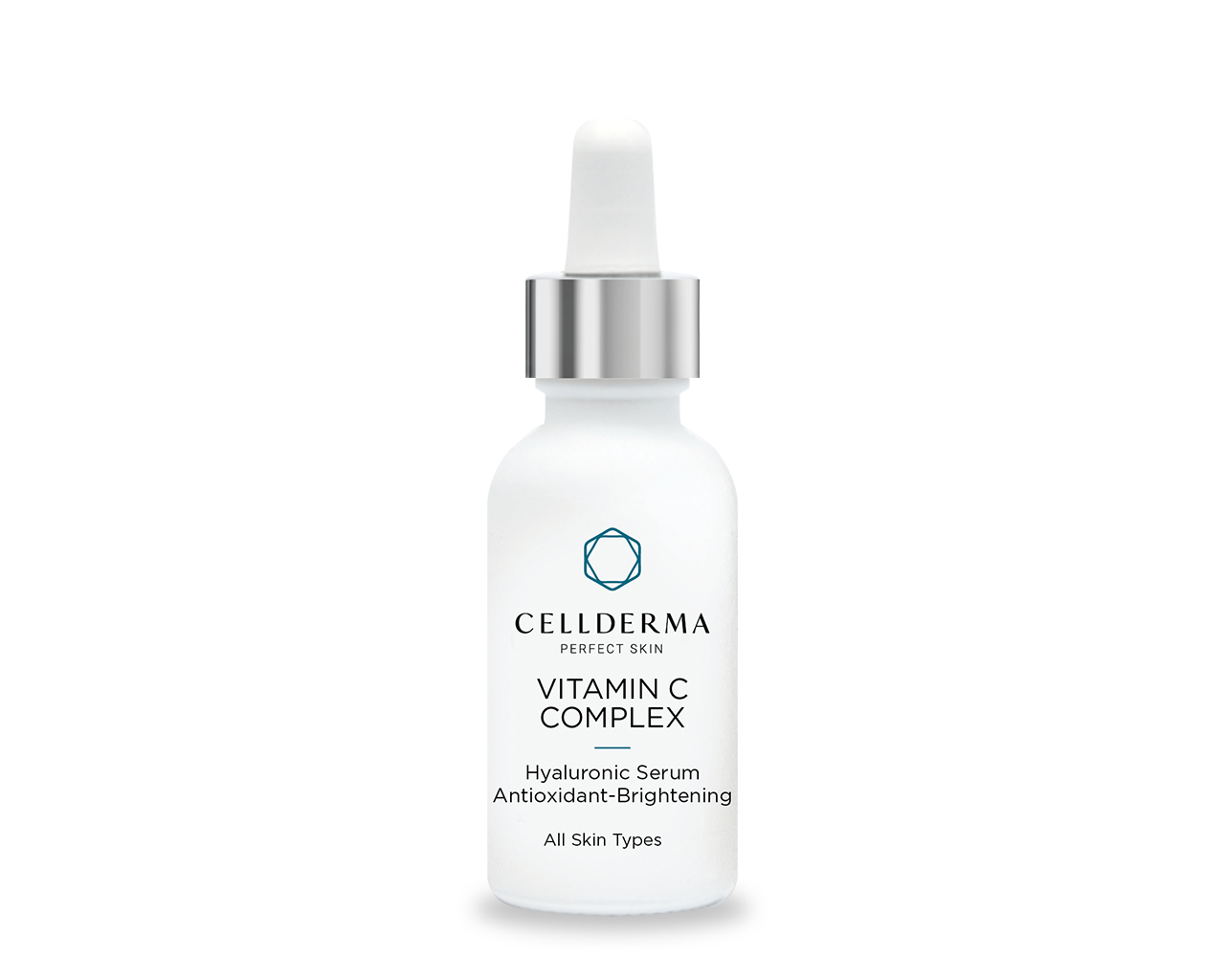
Vitamin C
Antioxidants act as the first line of defence by neutralising free radicals. Free radicals are found within an array of day-to-day pollutants and can also be formed in the skin, and are unstable molecules that contain unpaired electrons. In this highly reactive state, they search their environment, looking to scavenge replacement electrons. This creates a domino effect, as free radicals steal electrons from healthy cells, creating more free radicals. When healthy cells come into contact with damaged oxygen molecules, collagen begins to break down, leading to wrinkles and line formation.
Some forms of vitamin C are notoriously unstable, causing them to rapidly lose their potency. Others can cause sensitisation and redness. Our Vitamin C Complex contains Ascorbyl Glucoside, Sodium Ascorbyl Phosphate and Magnesium Ascorbyl Phosphate. These forms are very stable, highly effective and gentle.
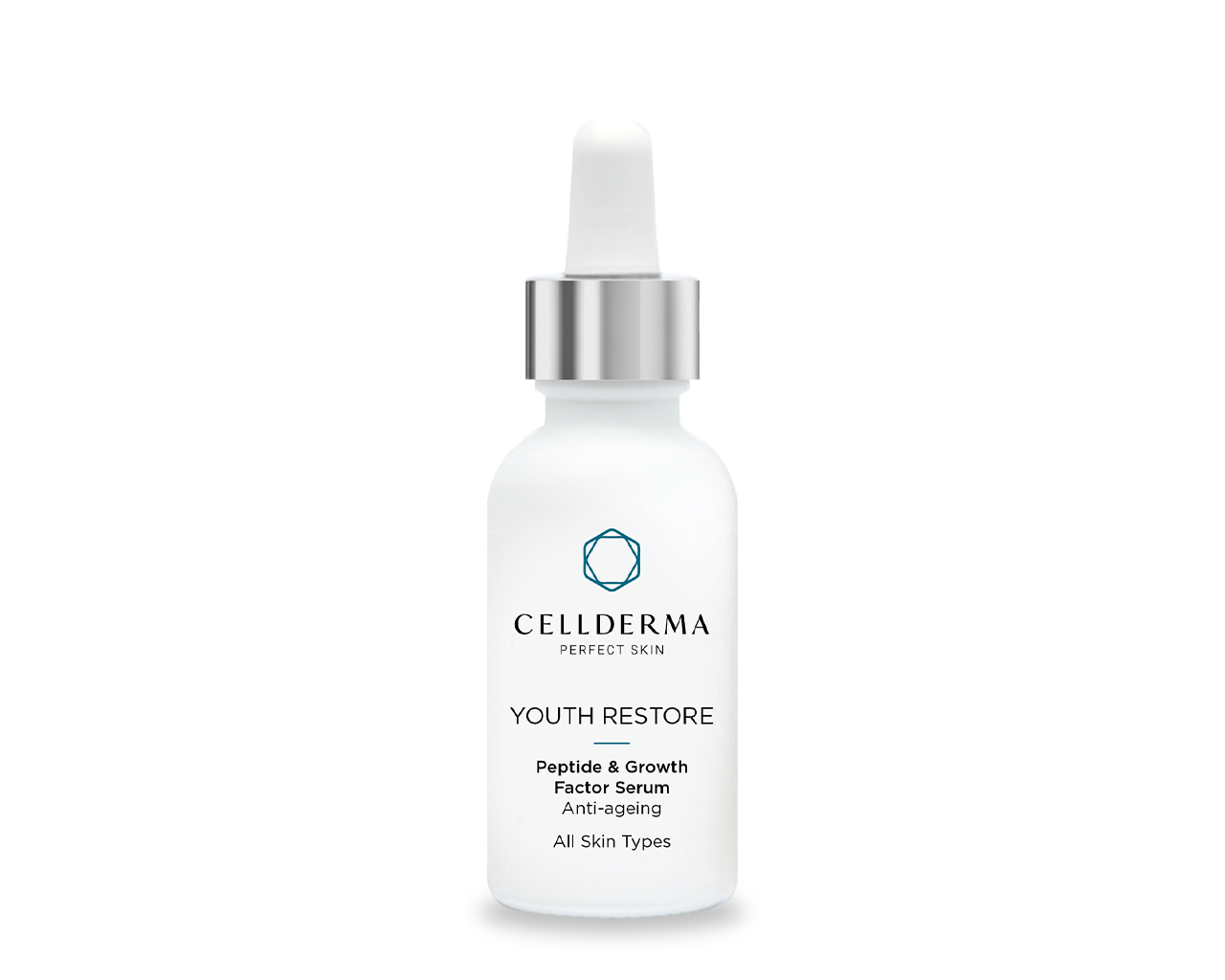
Niacinamide
Also known as Vitamin B3, niacinamide can improve the appearance of enlarged pores and brighten dull skin, as well as defend against environmental toxins. Niacinamide attracts water from its environment for continuous hydration.
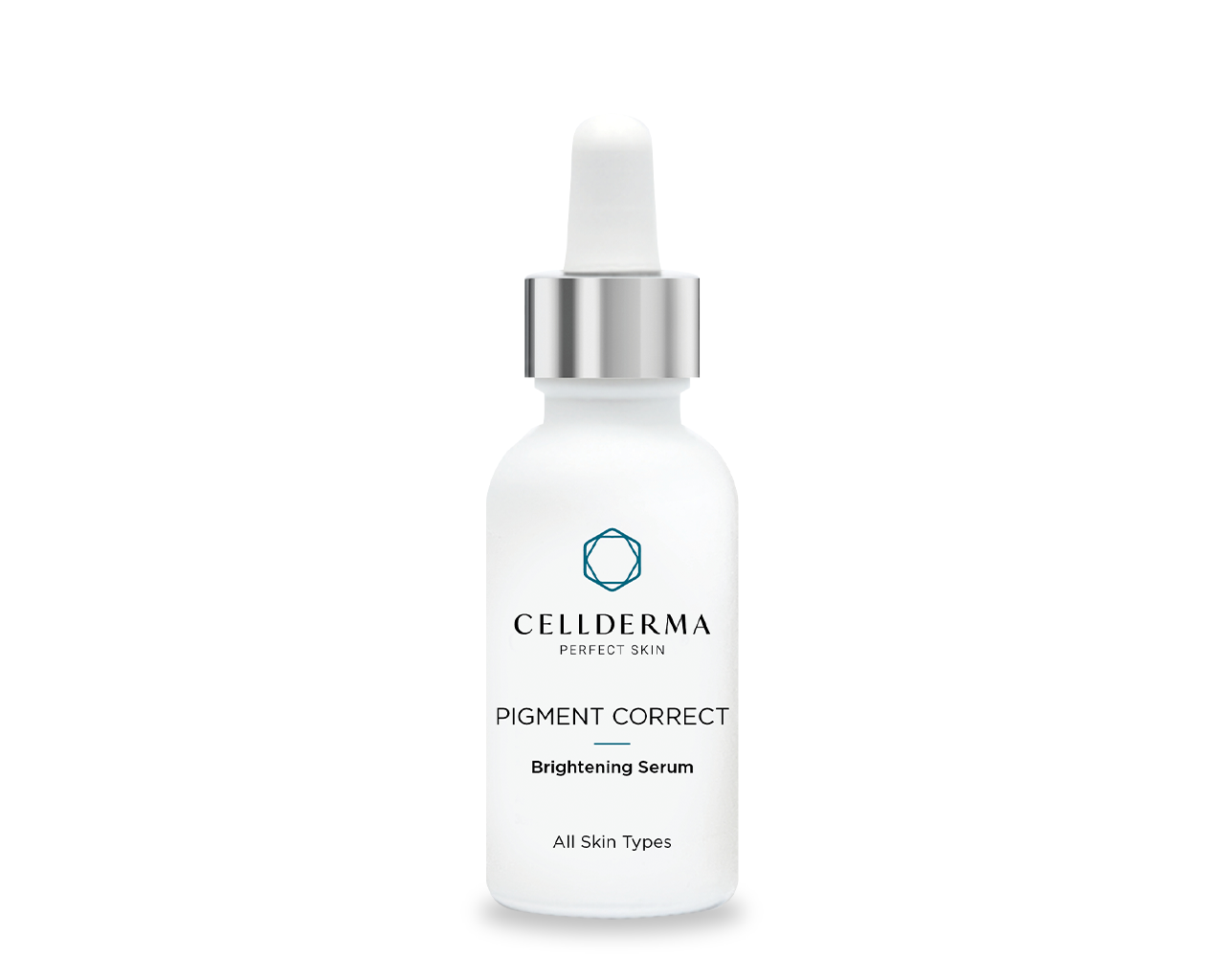
Kojic Acid
Whatever your skin type, everyone has increasing pigmentation due to multiple factors including sun damage and hormonal fluctuations. This results in dulling of the skin and uneven skin tone.
Pigment Correct is a must-have single serum solution for anyone wanting to achieve a brighter, more even-toned complexion. It offers naturally-derived alternatives to hydroquinone, for tackling pigmentation. Kojic Acid is just one of 5 skin-brighteners that has antioxidant benefits and inhibits production of tyrosinase – the enzyme responsible for pigmentation.
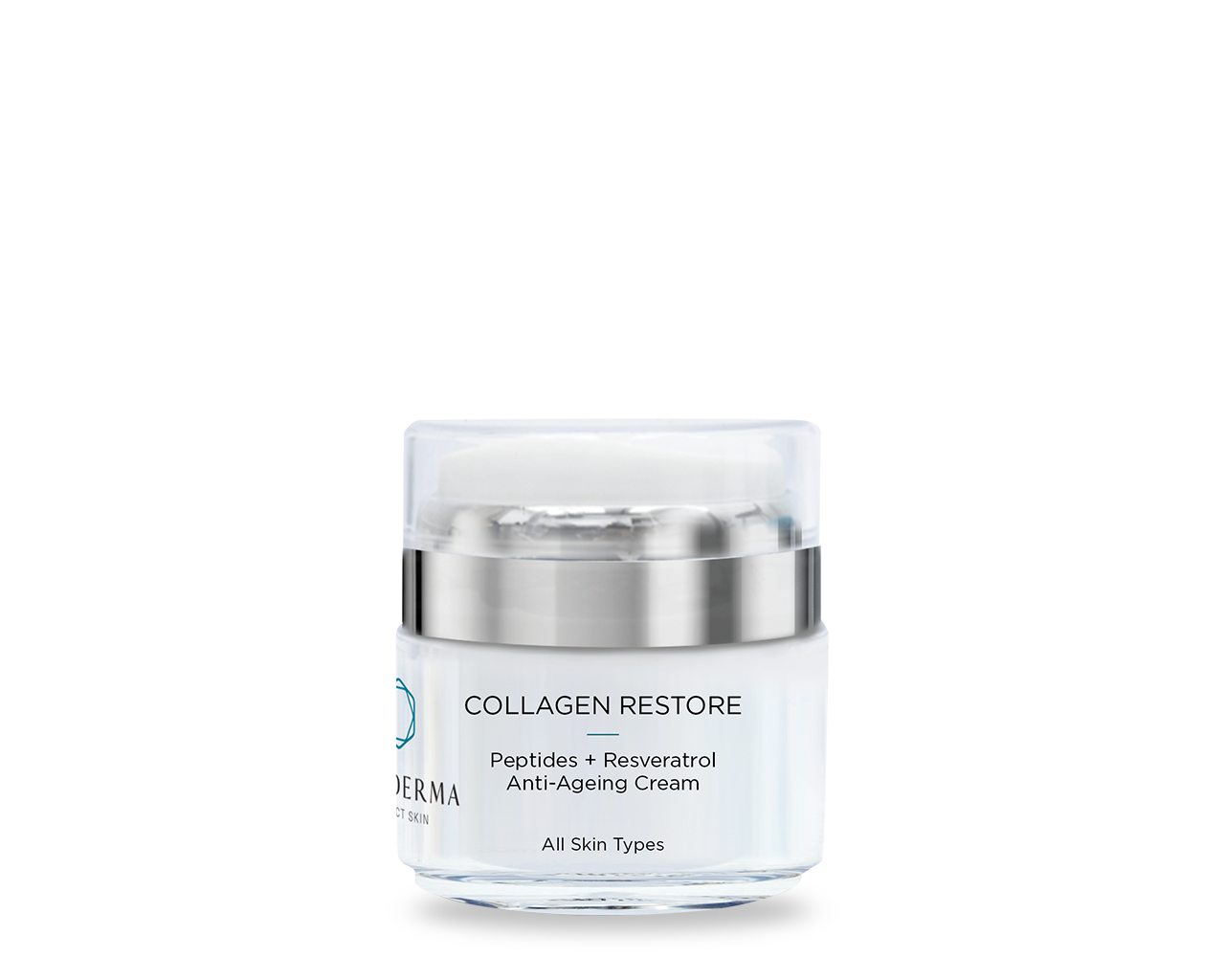
Resveratrol
We have used a patented, high-performing, fast-acting formula that is a pure, nature-identical trans-resveratrol, free from pesticides and emodin. It works on multiple steps of melanin production. Clinical testing demonstrated fading of pigmentation in as little as 2 weeks, as well as being faster and more effective overall, compared to a market benchmark.
